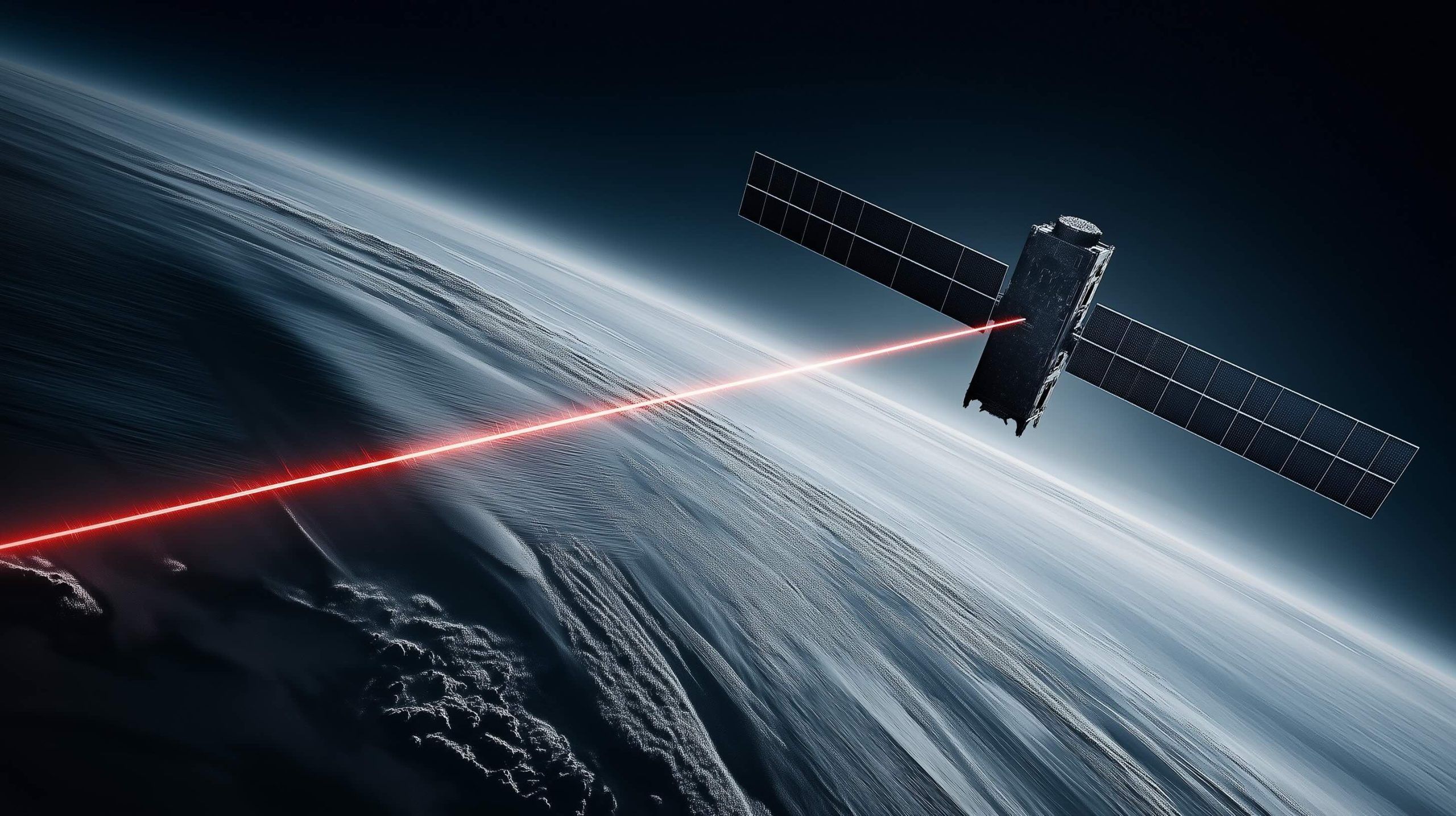
China’s “Night‑Light” Laser vs. Starlink: What a 2‑Watt Beam Really Means for the Coming Orbital Arms Race
In June 2025, a Chinese team led by Prof. Wu Jian of Peking University of Posts & Telecommunications and Dr. Liu Chao of the Chinese Academy of Sciences down-linked 1 Gbps from a GEO satellite 36,000 km away using a
